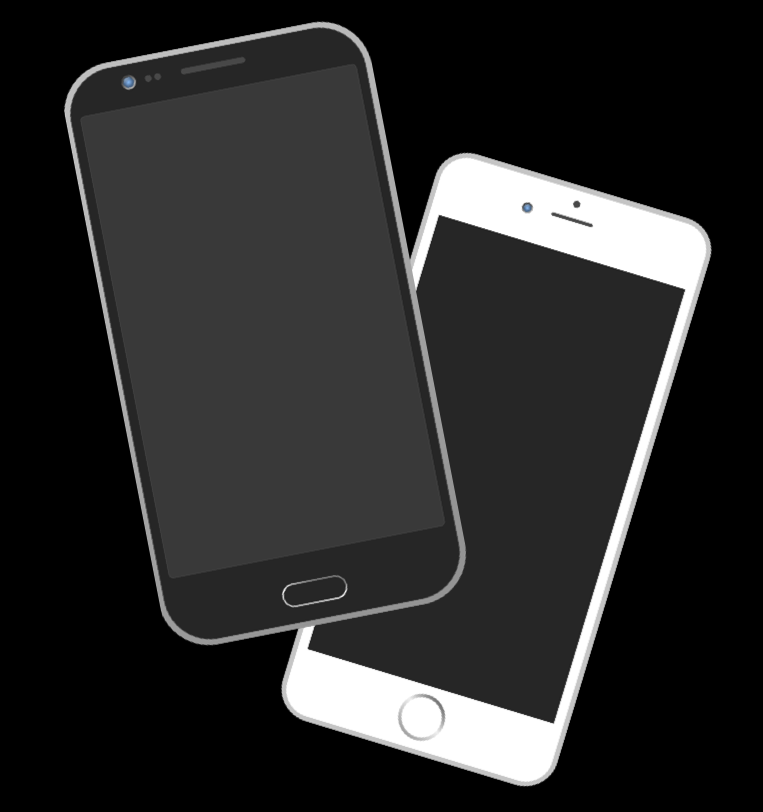Apple vs. Android
October 8, 2016
Despite Apple’s brief lead up to 2010, Android has, since then, caught up to Apple and snatched the first-place trophy in terms of stock revenue numbers and customer preference. Android currently has higher numbers of stock revenue in every major geographical region other than Japan and China. In the United States, Apple’s revenue has slid down 8.6% in the past year. Even in Japan, despite maintaining its lead on Android, Apple has experienced a 6.1% decrease in revenue. A recent study revealed that out of all American smartphone users, 52.3% use Android, 37.8% use Apple, and 9.9% use another model.
Why the sudden lead for Android? Android’s near domination of smartphone stock revenues can be linked to one major factor: its comparatively low prices. Android phone prices are not controlled by a unitary body. It offers multiple phone models, such as Samsung, LG, and Sony. These companies compete with each other, causing the general price of Android devices to drop. Apple’s price strategy, on the other hand, has remained unchanged. It maintains a consistent price for its smartphones: roughly $700. As a result, the average Android phone now costs about a third of the average iPhone. As the prices for the Android smartphones continue to drop, it is not surprising that the company’s sales are increasing.
Customer service is also a major factor in the success of a company. Once again, Android takes the lead. The Galaxy Note 4 is ranked first place, leaving the iPhone 6 Plus with back-seat second. Android seems to just be pulling ahead.
However, in regards to specific characteristics of the two smartphones, neither appears to significantly dominate the other. Apple and Android phones can be compared on numerous features:
- Password Process: Customer feedback indicates that in this regard, the iPhone wins, due to the fingerprint sensor that makes bypassing the lock screen relatively easy. Some Android phones have an equivalent feature, while others use face recognition, a less secure process.
- Keyboard: Android wins this round. It has the availability of swipe gestures (shortcuts for capitalization, copy, and paste options), as well as the convenience of having its punctuation symbols on the same screen as its letters.
- Contact Screens: While Apple’s contacts are set up in a list-like structure, Android has an arguably more navigable contact screen, consisting of large pictures to help the person find what he or she is looking for.
- Vibration Mode Feature: Apple is significantly more favored in this regard, as it has a physical switch located on the side of the phone. In order to put an Android phone on vibration mode, on the other hand, it takes the long and arduous process of turning on the phone, bypassing the lock screen, pressing the volume button, and then tapping on the image of the bell that appears.
- “Talk to your phone” Feature: This one is a stalemate. iPhone’s Siri reportedly understands natural language better, while Android’s “talking assistant” has the added benefit of working offline.
Thus, in terms of general customer satisfaction, Apple is still a competitive challenger of Android in the smartphone industry. Although Android maintains the global lead for sales, Apple continues to amass great profits from its pricey merchandise. Although Android obtains a greater number of new smartphone buyers, Apple has a strong customer retention, enticing its users with new features and improvements. It is predicted that by the year 2020, 70% of the global population will be using a smartphone. The battle has just begun.



